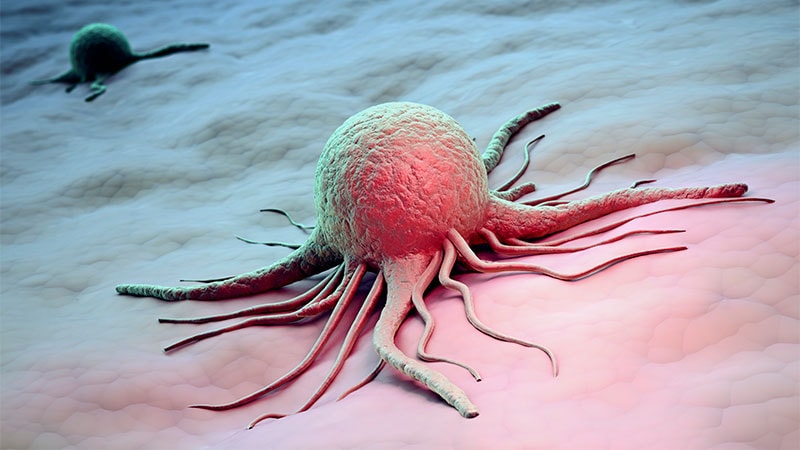The Importance of Circulating Tumor Cells in Early Cancer Diagnosis
Core Concepts
Early diagnosis using circulating tumor cells improves cancer outcomes.
Abstract
Treatment options for late-stage cancer are limited, emphasizing the need for early diagnosis. Circulating tumor cells (CTC) show promise in predicting survival and modifying disease staging. Liquid biopsy offers a less invasive method to assess tumors. Metastasis is a complex process influenced by tissue microenvironments. Dormant CTC may contribute to delayed metastasis detection. CTC clusters have higher metastatic potential. Quantitative assessment of CTC aids in understanding tumor burden. CTC can be detected in various neoplastic conditions, proving useful in early cancer diagnosis.
How Useful Are Circulating Tumor Cells for Early Diagnosis?
Stats
The presence of CTC in patients with metastatic breast cancer was predictive of overall and progression-free survival.
CTC can be detected in over 50% of patients with localized prostate cancer.
CTC positivity scoring, combined with serum prostate-specific antigen level, predicted a biopsy diagnosis of clinically significant prostate cancer.
Quotes
"Early diagnosis of neoplasia remains a fundamental mainstay for improving outcomes for cancer patients."
"CTC clusters seem to have greater metastatic capacity, compared with individual CTC."
Key Insights Distilled From
by Paolo Sprian... at www.medscape.com 08-08-2023
https://www.medscape.com/viewarticle/995277
Deeper Inquiries
How can the detection of CTC impact treatment strategies for cancer patients?
The detection of circulating tumor cells (CTC) can significantly impact treatment strategies for cancer patients by providing valuable information on disease progression, treatment response, and overall prognosis. CTC detection allows for a minimally invasive approach to monitoring cancer, enabling healthcare providers to assess the effectiveness of treatment regimens and make timely adjustments if necessary. Additionally, the presence of CTC can serve as a prognostic indicator, helping clinicians tailor treatment plans based on the aggressiveness of the disease. By identifying CTC early on, healthcare providers can intervene sooner, potentially leading to better outcomes for patients.
What are the implications of dormant CTC in the context of cancer recurrence?
Dormant circulating tumor cells (CTC) play a crucial role in the context of cancer recurrence as they can remain undetected for extended periods before reawakening to initiate metastatic growth. The presence of dormant CTC poses a significant challenge in cancer management, as these cells can evade traditional treatment modalities and contribute to disease relapse. Understanding the biology of dormant CTC is essential for developing targeted therapies that can prevent their reactivation and subsequent metastatic spread. The identification and characterization of dormant CTC may offer insights into novel treatment strategies aimed at eradicating these cells before they become clinically detectable metastases, ultimately improving patient outcomes and reducing the risk of cancer recurrence.
How can the study of CTC clusters enhance our understanding of metastatic processes?
Studying circulating tumor cell (CTC) clusters can provide valuable insights into the complex processes involved in cancer metastasis. CTC clusters, which consist of multiple CTC or a combination of CTC with stromal cells, have been shown to exhibit greater metastatic potential compared to individual CTC. By analyzing CTC clusters, researchers can gain a better understanding of the mechanisms that drive metastatic spread, including the role of heterotypic cell interactions and the influence of the tumor microenvironment. Furthermore, studying CTC clusters can help elucidate the genetic and epigenetic changes that occur during metastasis, providing valuable information for the development of targeted therapies. Overall, the study of CTC clusters enhances our understanding of metastatic processes by revealing the complexity of tumor cell dissemination and the factors that contribute to successful metastatic colonization.
0
